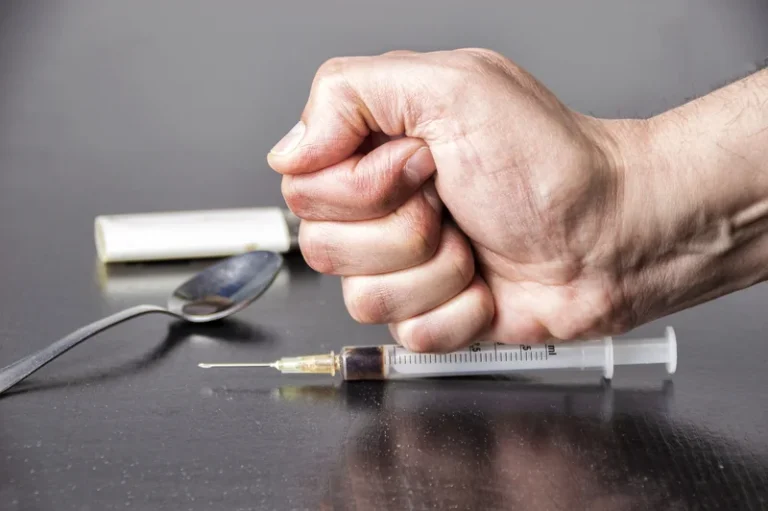
The DSM-5 provides specific guidelines for clinicians to assess the severity of a substance use disorder (SUD) based on the number of symptoms a patient exhibits. For example, ” abuse ” may imply that the behavior is intentional and controllable and, therefore, a personal failure rather than addiction vs dependence a disease symptom. Referring to this condition as alcohol use disorder is more accurate and less stigmatizing.
What Is Moderate Drinking?
Prescription stimulants, including methylphenidate (e.g., Ritalin) and amphetamine compounds (e.g., dextroamphetamine; Adderall), have been approved by the U.S. Food and Drug Administration for the treatment of attention deficit hyperactivity disorder (ADHD) and are classified by the United States Drug Enforcement Administration (DEA) as Schedule II medications due to their high potential for abuse and dependence (DEA, U.S. Department of Justice, 2015). Despite the potential health and judicial consequences, misuse of prescription stimulants, typically defined as taking stimulants without a valid prescription, or use of stimulants other than as prescribed, has become a serious problem in the United States and abroad, especially on college campuses.
- To that end, identification of risk and protective factors is important; therefore, investigators have attempted to shed light on variables that may be predictive of prescription stimulant misuse behavior.
- Findings from studies accounting for dose level (Ilieva et al., 2015; Marraccini et al., under review) did not indicate differences across low and high doses; however, more explicit examination of the influence of doses is warranted.
- We provide our readers with factual, evidence-based content concerning the causes and nature of addiction, as well as available treatment options.
- Speak with your doctor if you have become physically dependent on a medication or other substance.
Alcohol Withdrawal Symptoms
Results from NIDA-funded research have shown that prevention programs involving families, schools, communities, and the media are effective for preventing or reducing drug use and addiction. Although personal events and cultural factors affect drug use trends, when young people view drug use as harmful, they tend to decrease their drug taking. Therefore, education and outreach are key in helping people understand the possible risks of drug use. Teachers, parents, and health care providers have crucial roles in educating young people and preventing drug use and addiction. This recent upturn in illicit drug use among youths has important implications for substance abuse prevention and treatment efforts. … There is an obvious need to focus immediate attention on children and adolescents.
- For example, data from the National Surveys on Drug Use and Health 2004–2012 indicated that the majority of first time prescription stimulant misuse occurs during adolescence and young adulthood between the ages 16–19.
- Although some of these side effects may be seen as beneficial in the short-term (e.g., wakefulness, increased physical activity), it is unclear whether regular, long-term misuse results in persistent disruptions within these or other domains of functioning.
- Fortunately, researchers know more than ever about how drugs affect the brain and have found treatments that can help people recover from drug addiction and lead productive lives.
- Most commonly, the cases are related to marijuana and prescription pain relievers.
- Research shows that combining addiction treatment medicines with behavioral therapy ensures the best chance of success for most patients.
Dependence vs. tolerance
What these strategies are depends on the substance or behavior a person wants to stop. Dependence can happen with many drugs, even when a person takes them as per their doctor’s instructions. But because the body has adapted to its presence, a person may experience negative effects if they lower the dosage or stop taking it altogether. Although they may seem similar, addiction and dependence are distinct concepts.

History of the Terms Dependence and Addiction

Recognizing the differences and the contributing factors allows us to address these issues with greater empathy and understanding. Let’s discuss these further and understand the interplay of biology, psychology, and social influences that can lead people to these conditions. At the same time, the distinction between addiction and dependence is not trivial. Medical professionals are ethically required to get the diagnosis right so that they can get the treatment right. Dependence situations demand the need for skilled therapists, counselors, and medical practitioners. Reach out to our staff at The Recovery Village to learn more about how we treat substance issues, chemical dependency, and behavioral addiction.
